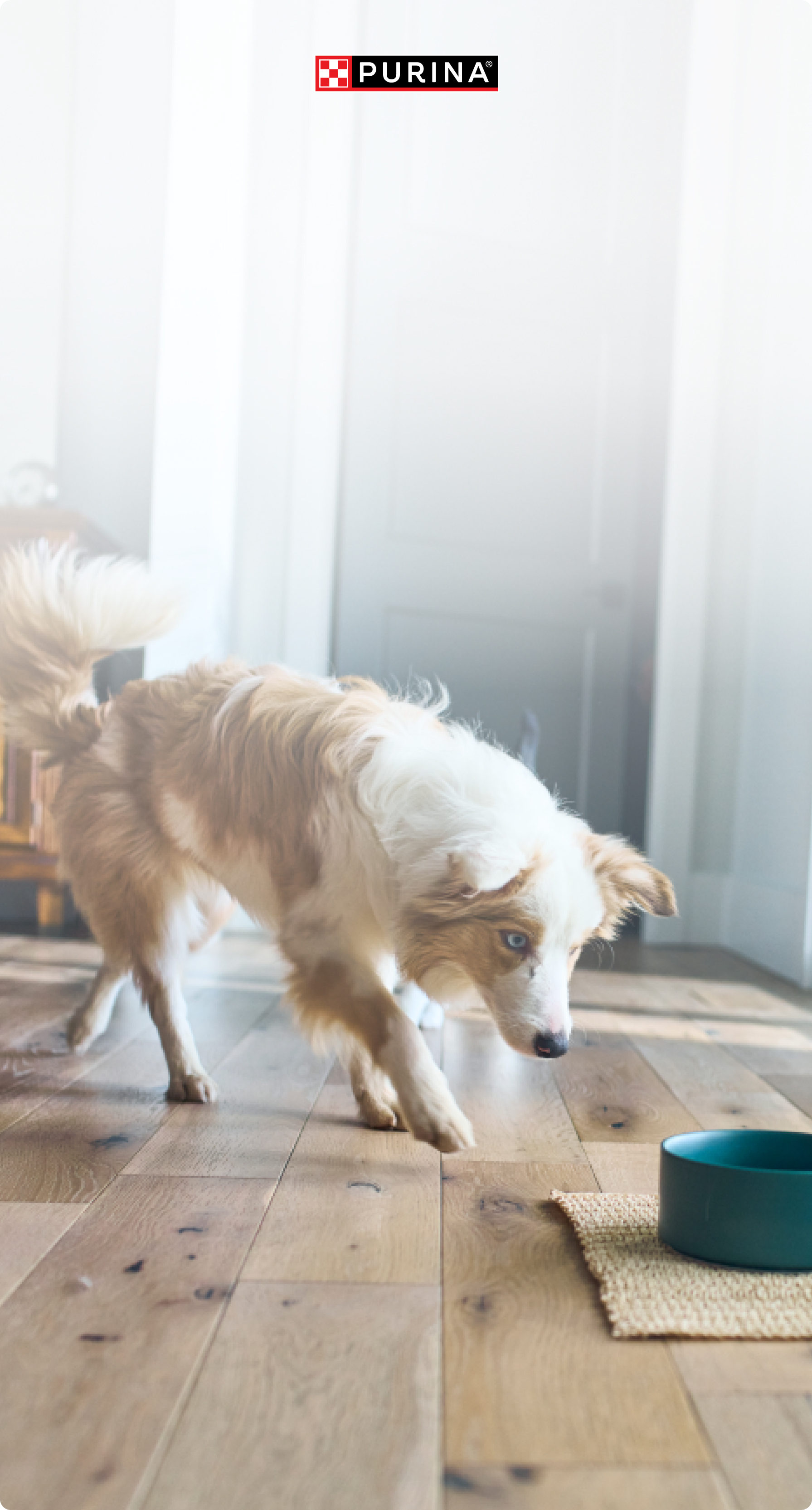Beagle

- Size:Small to medium
- Height:13 to 15 inches tall
- Weight:18 to 35 pounds
- Color:Tri-color (black, tan and white), and combinations of black, tan, red, white, brown, lemon, blue and redtick
- Energy:Medium
- Activities:Agility, Conformation, Field Trials, Hunting Tests, Obedience, Rally
Once used as a hunting companion by English gentlemen in the 1500s, the Beagle is a friendly and cheerful family companion.
Temperament
Beagles are affectionate, smart and energetic.
Characteristics
Beagles not only have an adorable face, but they are also generally loving and loveable, happy and companionable, making them great family dogs.
The Beagle is an intelligent pack dog who loves the company of other dogs and people. In fact, it was bred to work in packs, so they are happiest when they have company. A Beagle left alone for too long may get restless and destructive.
Although energetic, your Beagle's specific exercise needs will depend on their age and health. Over time, you'll get to know your dog and whether they prefer lots of exercise or lounging on the couch. They are known escape artists, so watch them outside. When on walks, it's important to keep him on a leash, as his instincts are to run off and track if he catches a compelling scent.
As trackers, they love to follow their nose and chase balls or their favorite people. They also love to play, so teaching tricks and playing games are always hit with this breed.
Lifespan
10 to 15 years
Colors
Beagles are commonly tri-color (black, tan and white), but their coats also come in combinations of black, tan, red, white, brown, lemon, blue and redtick.
Shedding
The Beagle's smooth, dense double coat gets heavier during the winter and sheds in the summer. They also shed moderately throughout the year.
Health
Responsible breeders screen the Beagle breed for conditions like hip dysplasia, hypothyroidism, epilepsy, luxating patella and eye disorders.
Best Dog Food For Beagles
When it comes to choosing the best dog food for your Beagle, it’s important to take his or her unique breed traits into consideration. As an active breed, they may benefit from sport performance formula, but provided their food is completed and balanced, they'll get the nutrition they need to be healthy.
Food for Beagles can include:
- Purina Pro Plan SPORT 30/20
- Purina Pro Plan SPORT 26/16
- Purina Dog Chow
- Purina One SmartBlend
- Beneful Originals
Best Food for Beagle Puppies
When choosing a food for your Beagle puppy, remember puppies of any breed have specific nutritional needs during their time of development. A formula containing DHA nourishes brain and vision development and rich in antioxidants supports their developing immune system to help them thrive during their first year of life.
The following foods meet the needs of a growing puppy:
- Beneful Healthy Puppy
- Purina Puppy Chow
- Purina One SmartBlend Healthy Puppy
- Purina Pro Plan FOCUS Puppy
History
Beagles may be one of the oldest dog breeds, but their origin is a bit of a mystery, as is their name. Some experts speculate “Beagle” comes from the Gaelic word “beag” which means "little". Others presume the breed was named after the sound they make while hunting: “be’geule” in French.
Small pack-hounds were employed to hunt rabbit and hare in England before 55 B.C. By the 1500s, most English gentlemen had Beagles as hunting companions. They used larger hounds to track deer and smaller hounds to track hares. The modern-day Beagle is an ancestor of the smaller version of the breed.
Beagles are known as “foot hounds,” meaning they track on foot without needing a horse, making them popular among those who couldn’t afford to feed and stable horses or had difficulties riding horseback.
The breed was imported to America after the Civil War and was popular amongst U.S. rabbit hunters. Beagles were registered with the American Kennel Club in 1885.
Facts
- President Lyndon B. Johnson owned three Beagles named “Him,” “Her” and “Edgar.”
- The National Beagle Club was formed in 1888.
- There are two varieties of Beagles, 13 inch and 15 inch.
- One of the most famous Beagles in U.S. popular culture is Snoopy.
- Beagles are scent hounds used primarily for hunting rabbits to larger hares.
Recommended Products for Beagle Owners

Find Your Dog’s Perfect Food
Make mealtime magic with custom food recommendations. Just for your pet.


